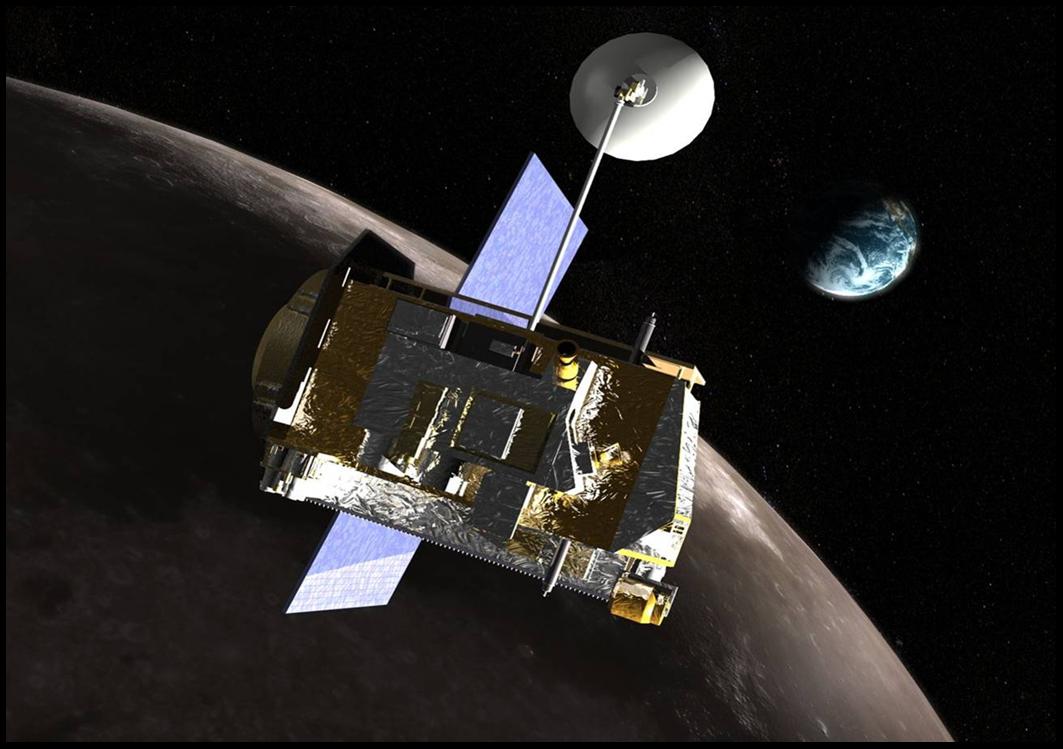What will the June 15th lunar eclipse look like from the Moon itself? Luckily, we’ve got the Lunar Reconnaissance Orbiter circling the Moon, and we can find out. However, most of the instruments on LRO will be powering down during the eclipse, but one instrument, called Diviner, will stay on.
“ It will be like a nap with one eye open!” the LRO spacecraft said on Facebook. The Diviner Lunar Radiometer instrument will record how quickly different areas on the moon’s day side cool off during the eclipse. Since large boulders cool more slowly than a fine-grained or dusty surface, Diviner will be able to see what areas are covered with boulders and what regions are blanketed by dust.
It will be like a nap with one eye open!” the LRO spacecraft said on Facebook. The Diviner Lunar Radiometer instrument will record how quickly different areas on the moon’s day side cool off during the eclipse. Since large boulders cool more slowly than a fine-grained or dusty surface, Diviner will be able to see what areas are covered with boulders and what regions are blanketed by dust.
The eclipse begins at about 17:24 Universal Time (UT), will be darkest from around 19:22 UT to 21:02 UT, and ends a bit after 23:00 UT. (For more info on the eclipse, see our preview article to find out how you can watch it live, online.) During this eclipse, the moon’s orbital path will take it close to the center of the darkest part of Earth’s shadow, called the umbra, so the deepest part of the eclipse will last a long time — just over an hour and 40 minutes.
The Astronomical Research Center (A.R.C) Mentioned that This is an unprecedented opportunity to learn more about the uppermost few millimeters of the moon,” said Diviner Principal Investigator David Paige of the University of California, Los Angeles.
“Diviner plans to operate continuously during the entire eclipse period, targeting ten specific regions. The ten sites represent a diverse selection of lunar terrains. Some consist of fine dust, others are rocky, and there are a variety of compositions including dark, iron-rich lunar maria and light, iron-poor lunar highlands. Diviner will target these features before, during, and after the eclipse, which will allow us to observe how these different surfaces respond to the sudden drop in temperature.”